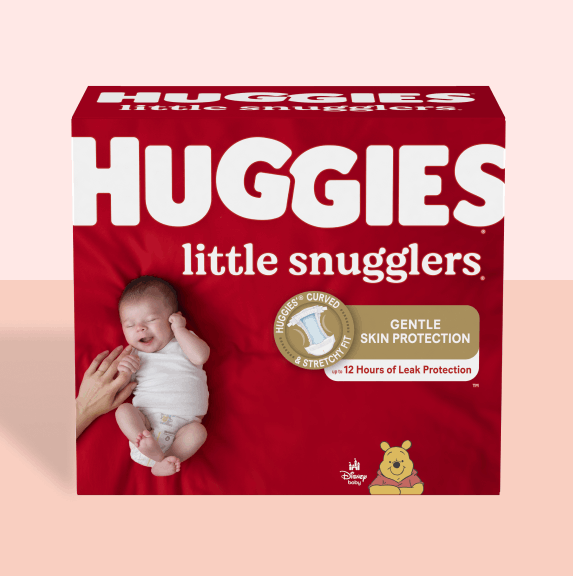What is a yeast diaper rash?
What can lead to a yeast diaper rash?
Several factors are known to increase the risk for yeast infection during a rash:
- Irritants: Irritants in poop are the leading cause of diaper rash. When a baby has been in a wet or soiled diaper for too long, irritants in poop or urine can cause damage to the baby’s skin barrier leading to a rash. Irritated diapered skin is at risk of developing a yeast infection.
- Frequent or loose stools: Frequent and loose stools are associated with an increased susceptibility to diaper rash due to skin barrier damage and irritation, which increases the potential for yeast infection.
- Wetness/Humidity: Prolonged wetness on baby’s skin can damage the protective skin barrier, which increases the potential for irritation and the permeation of microorganisms.
- Occlusion: Diapers that do not allow airflow or breathability can create a favorable environment for Candida albicans to thrive by keeping moisture on skin and impacting the integrity of baby’s skin barrier.
- Oral antibiotics: Antibiotics can upset the normal bacteria and yeast balance in the mouth, intestines, and skin. This reduces the "good" bacteria that keep Candida from overgrowing and if this happens in the diapered area, the yeast can cause an infection. Antibiotics can also change poop frequency and consistency.
- Oral thrush infection: Thrush is a yeast infection of the mouth that babies can sometimes develop. When a baby has an oral thrush infection, the amount of yeast in the gut can increase as the baby swallows, changing the intestinal environment and increasing the potential for diapered skin infection.
- Compromised immune system: Babies with a compromised immune system are at higher risk of developing a yeast infection and may have more difficulties fighting it.
What does a yeast rash look like?
Best practices to minimize the risk for yeast infection in the diapered area
- Keep the skin barrier healthy: Keep baby’s diapered area clean and dry. Check the baby's diaper often and change it as soon as it is wet or soiled to minimize the risk of skin barrier damage and irritation. The use of ointments or barrier creams can help protect the skin barrier from irritants or excess moisture.
- Keep baby skin dry: Diapers with wetness indicators let you know when you should change the diaper. Absorbent diapers with breathable outer covers and moisture wicking inner layers are important to use to keep moisture away from baby skin, reducing the risk for diaper rash and infection.
- Keep the skin environment balanced: Healthy baby skin has a pH that is a little more acidic than water, this slightly acidic pH is an important barrier against Candida overgrowth and other harmful microorganisms. Using properly formulated baby wipes that are pH balanced can help maintain a healthy skin barrier.
- Avoid friction on baby skin: To help maintain an intact skin barrier, ensure gentle contact with baby’s skin. Clean baby’s skin with properly formulated baby wipes designed with skin health in mind to gently and effectively remove stool and urine residues. Baby wipes containing emollients can help with gentle glide against baby skin. Consider using hypoallergenic diapers made with gentle materials to help keep skin healthy.
When to See Baby’s Pediatrician or Dermatologist and How is Yeast Infection Diagnosed and Treated?
Symptoms that may indicate that there could be a yeast infection:
- Bright red skin that peels off
- Pimples, blisters, boils, yellow scabs, or open sores
- Rash is very raw or bleeds
- Pus is draining from the rash
- Rash has spread outside the diaper area
- Rash is not better after 3 days of using yeast cream
- If the rash gets worse
- Fever
- Age less than 1 month old with tiny water blisters or pimples in a group
- Age less than 1 month old and looks infected (yellow scabs, spreading redness)
- Age less than 1 month old and looks or acts abnormal in any way
- Baby acts sick/is fussier than usual
For more information on how to best care for babies’ diapered skin, go to our Guide for Maintaining Healthy Diapered Skin.
Karien Rodriguez, Ph. D. Génie biomédical
Kristen Hass, BSN, RN, MSN, PCNP
Approuvé par : Dr Sharon Rink, MD, pédiatre certifiée par le conseil d'administration de Thedacare Physicians Pediatrics à Appleton, Wisconsin.
Apprenez-en davantage sur le Guide sur les soins de l’érythème fessier de Huggies®








